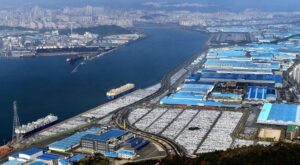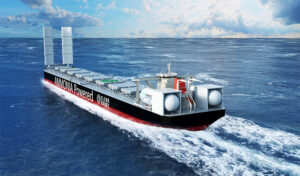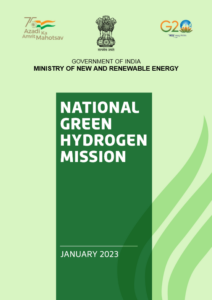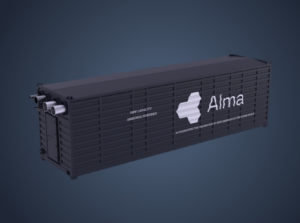Ammonia bunkering at the Port of Savannah
A high-profile consortium will conduct a joint study exploring ammonia bunkering at the Port of Savannah in Georgia, USA. The consortium aims to establish a comprehensive supply chain to allow ship-to-ship ammonia bunkering in Savannah, and the study scope includes design of an Ammonia Bunkering Articulated Tug-Barge (AB-ATB) vessel.









